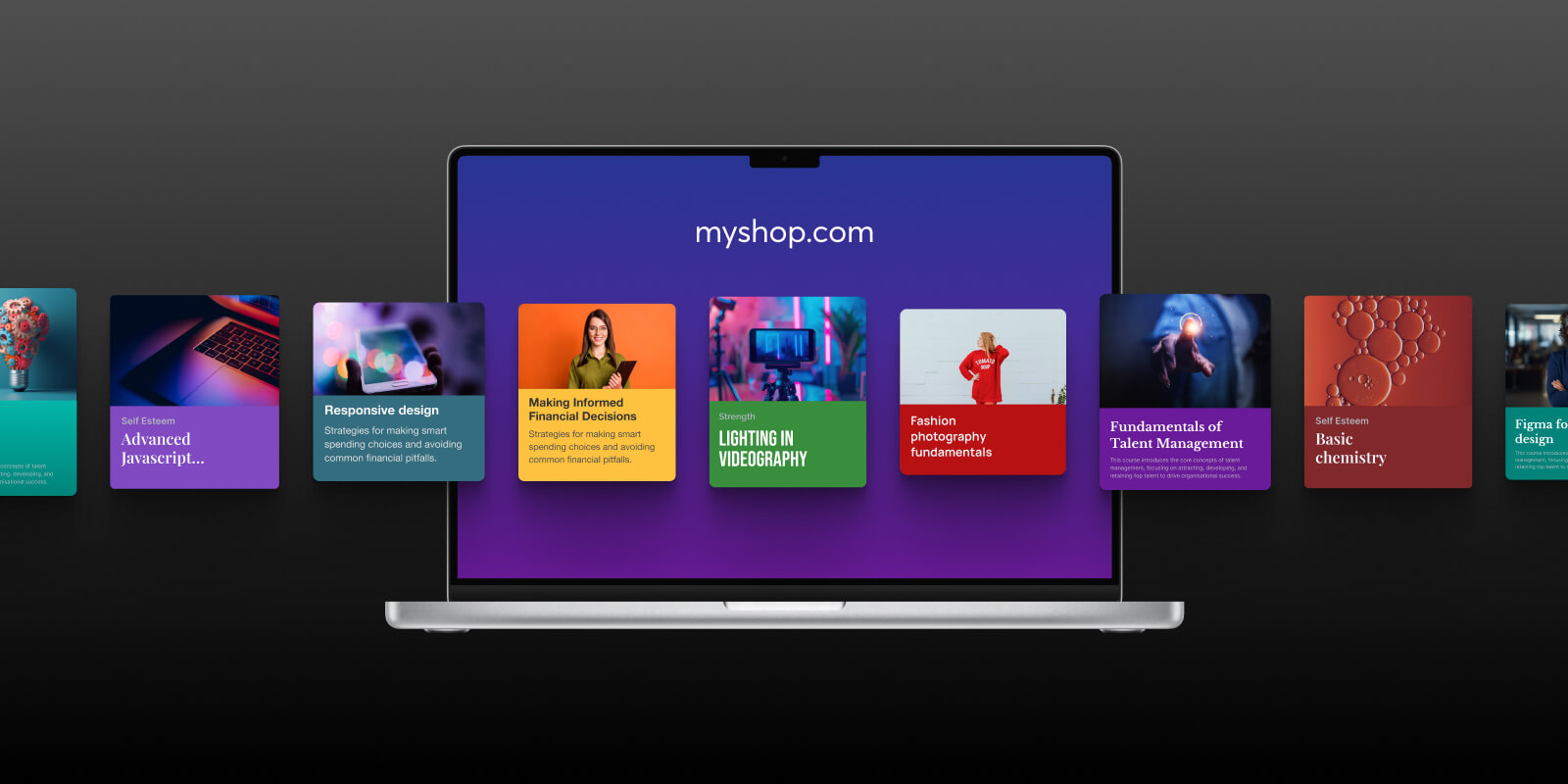
Business Growth
Where to sell online courses: The top 6 platforms compared
So, you’re taking the next step towards selling your course: finding the right platform. And, you’ve picked a great time to do it: the elearning market is set…
Course Selling & Marketing
White label courses to resell: Launch and scale your elearning business
Thinking about starting an elearning business, but not sure where to begin? Well, one of the easiest and quickest ways is by finding high-quality white-label online courses to…
Customer Education
Top 12 customer training LMS software in 2025
Offering customer education helps customers discover and master your product’s features. Not only that, but a customer education program gives your sales team one more argument to close…
L&D Strategies
A guide to selling corporate training programs
In today’s fast-paced business world, companies are looking to improve employee performance and well-being, onboard new employees, build their teams, develop their workforce, and upskill and equip employees…
Coaching & Consulting
How to build a coaching program: templates, tips & examples
If you’ve been coaching clients through 1:1 sessions and are ready to offer something more structured, scalable, and impactful, this blog post is for you. Creating your own…
Business Growth
Top 13 best retail LMS for employee training in 2025
What’s the most unique challenge you can think of? Is it: Making sure your employees are keeping up with new market demands? Ensuring your learning programs grow alongside…
Course Creation & Design
How we built a smarter academy 10x faster
We take pride in having built a feature-rich platform that we continuously improve. We keep updating existing features and releasing new ones based on the feedback and comments…
Most popular...
Business Growth
Interactive learning management systems to boost results: A buyer’s guide
Would you rather sit through a 45-minute traditional lecture or learn the basics and then spend 15 minutes applying what you learned? Many learners prefer the second, an…
Coaching & Consulting
How to make a coaching website for your business in 2025
I didn’t have a coaching website from day one. I relied on LinkedIn and some other social networks I was using. That is, until I realized that not…
L&D Strategies
6 best Learning Management Systems for healthcare
The healthcare sector is heavily regulated. With dozens of safety guidelines and compliance regulations, the only way healthcare employees can keep up is to undergo rigorous and regular…
eLearning Strategies
9 best practices for online course design: Optimize your online course structure
Building a great online course structure is like making a sandwich – an analogy that might seem weird at first, but stick with me; this analogy is juicy.…
Course Creation & Design
Best elearning authoring tools for 2025
An elearning authoring tool is a vital component in developing high quality elearning content. It’s a must-have for instructional designers, elearning professionals, and training businesses that aim to…
Business Growth
Top 12 LMS marketing tips to boost your business in 2025
Serious about building momentum for your business this year? Your LMS (Learning Management System). With smart tactics, it can help you grow your revenue and keep learners coming…

